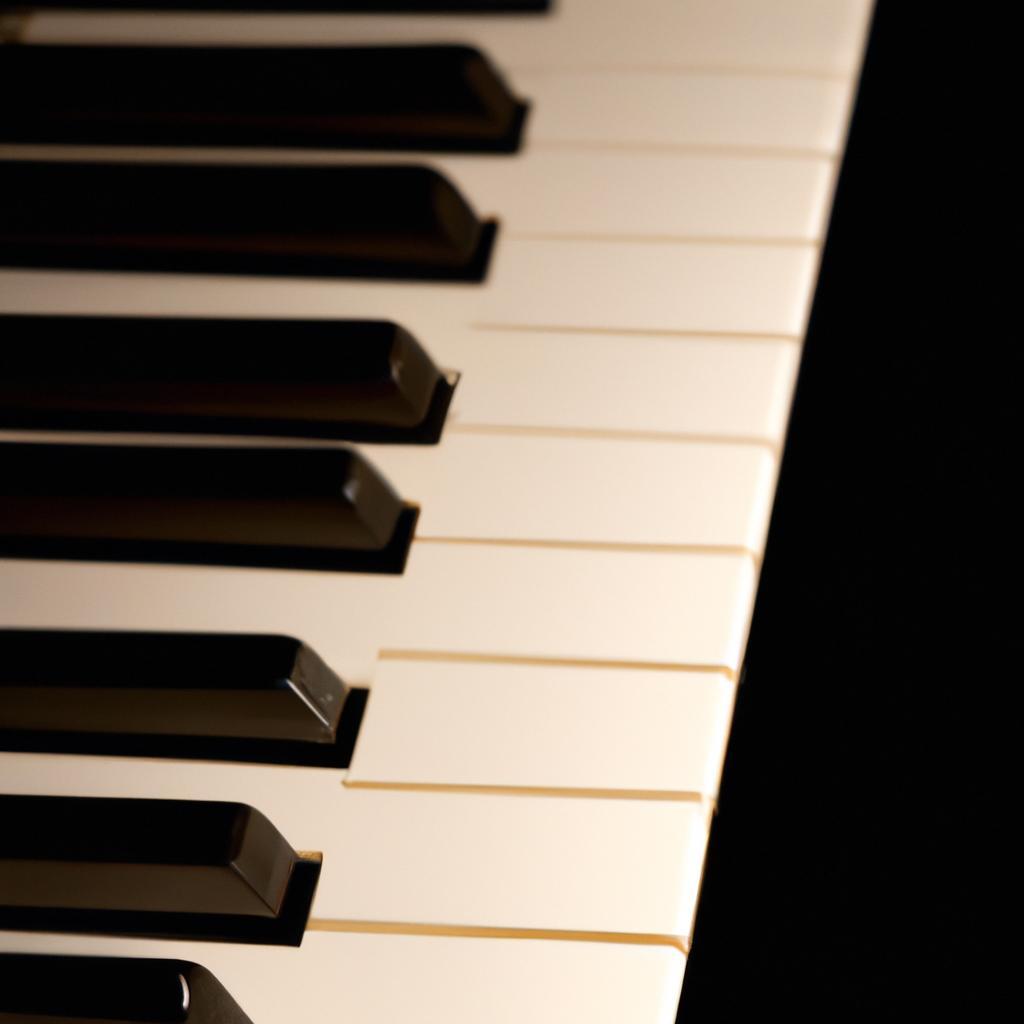In the world of music, the piano has long been regarded as an instrument of profound expression, its resonant strings and rich wood giving life to melodies that resonate deep within the human soul. As technology advances, a new contender has emerged in the realm of keyboard instruments: the digital piano. Boasting a range of features that promise enhanced convenience, portability, and versatility, these electronic marvels have begun to redefine how we engage with the art of piano playing. Yet, amidst the allure of modern innovation, a fundamental question lingers: can digital pianos genuinely replicate the sonic warmth and nuanced touch of their acoustic counterparts? This exploration delves into the heart of the debate between digital keys and acoustic essence, examining the intricacies of sound, playability, and the emotional connection that defines the piano experience. Join us as we navigate the landscape of tones and textures, seeking to uncover whether electronic pianos can stand shoulder to shoulder with the enduring legacy of traditional instruments.
Exploring the Nuances of Sound: How Digital Pianos Capture the Essence of Acoustic Instruments
As we delve into the intricate world of sound reproduction, the quest for digital pianos to embody the profound essence of their acoustic counterparts takes center stage. These electronic instruments employ advanced technologies to capture the subtle nuances of a grand piano’s tonal richness and dynamic range. Key factors that contribute to their authenticity include:
- Sampling Techniques: High-quality recordings of acoustic pianos are used, preserving the distinct tonal characteristics of each note.
- Polyphony: The ability to play multiple notes simultaneously without dropping sound helps simulate the complexity of live performances.
- Touch Sensitivity: Weighted keys mimic the feel of an acoustic piano, providing a tactile feedback that enhances expressiveness.
- Digital Effects: Reverb and other effects can be applied to replicate the acoustic environment, enriching the sound experience.
While some purists may argue that nothing can replicate the soul of a live piano, the evolving technology continues to blur the lines between the digital and the organic, leading many to question the very definition of authenticity in sound.

Evaluating Performance and Feel: A Comprehensive Guide to Choosing Between Digital and Acoustic Pianos
When comparing digital and acoustic pianos, musicians often find themselves evaluating a variety of performance and feel aspects that can significantly influence the playing experience. Among these factors, the key action lies at the forefront; acoustic pianos offer weighted keys that respond dynamically to touch, while many digital pianos strive for a similar experience with Hammer Action Technology. Additionally, sound quality varies greatly: acoustic pianos produce rich tones through physical strings and hammers, whereas digital counterparts utilize sampled recordings or synthesized sounds to replicate this essence. Players may also consider the polyphony capacity, as a higher number allows for more notes to be played simultaneously without suffering from dropouts—an important feature for complex pieces. Furthermore, the pedal response can enhance expressiveness, fostering nuanced performances whether on an digital or acoustic instrument. Ultimately, the choice lies in a balance between these attributes and personal preferences.
| Feature | Digital Piano | Acoustic Piano |
|---|---|---|
| Key Action | Weighted, various technologies | Real hammers and strings |
| Sound Quality | Sampled or synthesized | Natural, complex overtones |
| Polyphony | Variable, often extensive | N/A |
| Pedal Response | Digital simulation | Mechanical feedback |
The Way Forward
the debate between digital keys and acoustic essence is far from black and white. While electronic pianos have made remarkable strides in emulating the sound, touch, and feel of their acoustic counterparts, the unique character and soul of a genuine piano remain unmatched. For some, the convenience and versatility of digital instruments offer an enticing edge, allowing for exploration and creativity without the constraints of traditional limitations. Others may find comfort in the rich heritage and tactile experience that only an acoustic piano can provide. Ultimately, the choice between digital and acoustic pianos hinges on personal preference and individual musical aspirations. As technology continues to evolve, it invites us to redefine our understanding of music and its expression, reminding us that whether we strike a key on a digital keyboard or an acoustic sonata, the beauty of music lies in the emotions it evokes. Whatever path you choose, remember that the heart of music is not in the instrument itself but in the passion and creativity of the artist behind it.


